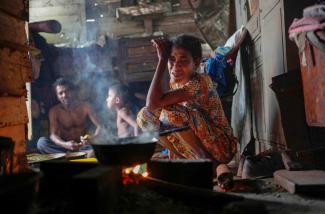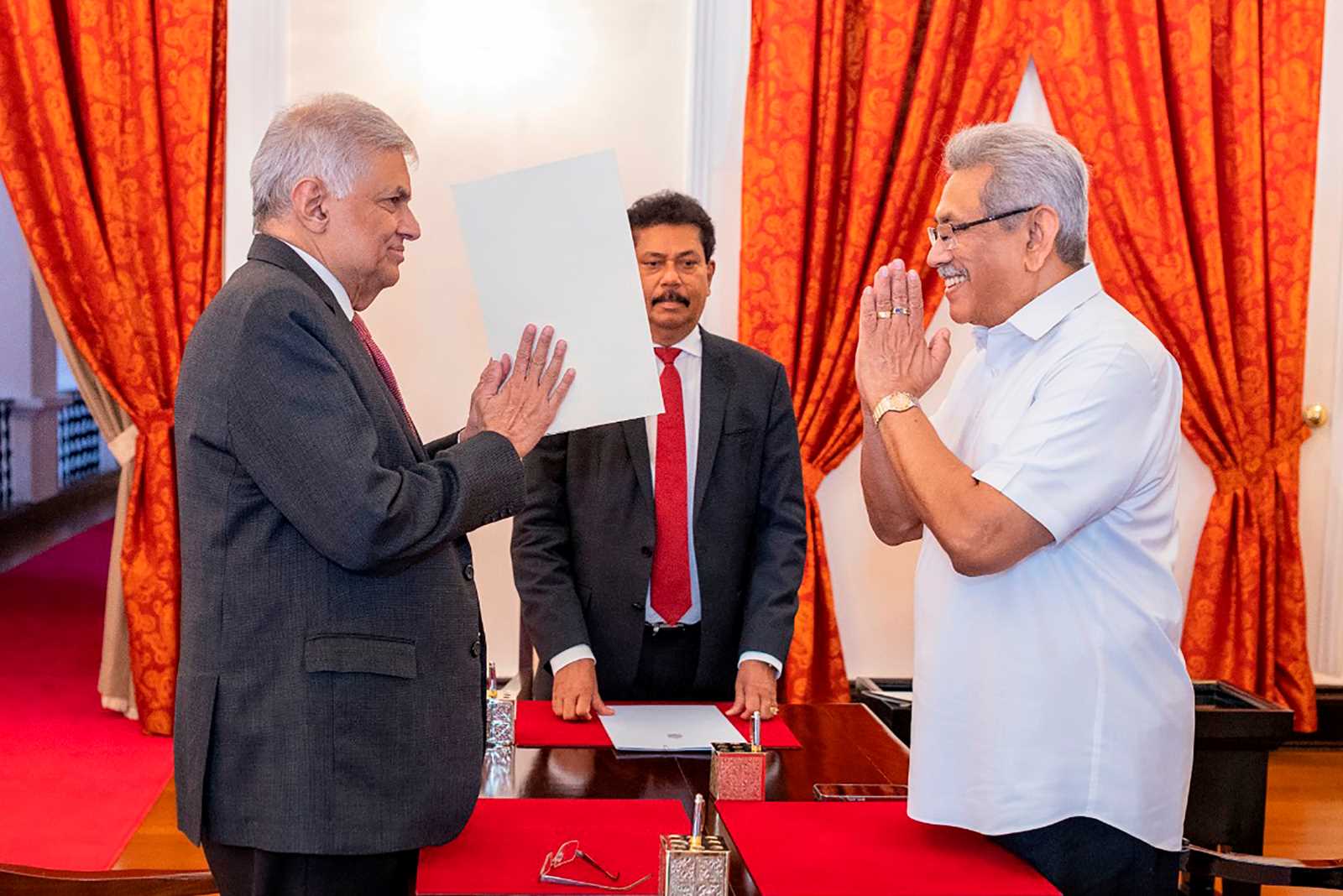Sovereign default
Sri Lanka’s reform agenda is intimidating

Sri Lanka’s sovereign debt became overwhelming in 2022. The total amount was estimated at a little over $ 50 billion with $ 6.9 billion worth of payments due in 2022, according to the central bank.
Sri Lanka’s current crisis was in the making for decades. The government had been borrowing money for a long time, mostly for infrastructure projects. Observers considered some of them to be vanity projects of the Rajapaksa family.
After taking office in late 2019, Gotabaya accelerated the crisis by taking several disastrous decisions. He cut tax tariffs for private-sector companies and wealthy individuals. He also abolished some compulsory taxation on private-sector employees. Accordingly, government revenues decreased. When the exchange of the Sri Lankan rupee (LKR) decreased, he forced the central bank to peg it to the US dollar at a below-market rate.
When forex-reserves dwindled, he imposed an import ban on fertiliser. That step compounded problems in agriculture because many farms depended on chemical inputs and could not convert to organic methods on short notice. The production of foreign-exchange earning commodities such as tea and rubber were affected negatively. In a country normally self-sufficient in rice, food shortages became crippling. Medicine and fuel became scarce too, as the prices of those imported goods rose fast.
As Sri Lanka became unable to service its foreign debt, the economy deteriorated fast. In July youth-led protests swept Gotabaya away. Ranil Wickremesinghe took over as president, appointed by the national parliament (see my comment on www.dandc.eu).
The tip of the iceberg
Since Gotabaya left, some aspects of life have improved for ordinary Sri Lankans. The long lines at fuel pumps are gone. Instead, there are mandated fuel quotas. Power cuts which used to last up to eight hours a day have been reduced to around two hours. These are the results of relief measures made possible by emergency aid, provided mostly by India.
Shortages of medicines and food remain however. The UN World Food Programme (WFP) and other relief agencies have warned of severe malnutrition becoming worse. About 6 million Sri Lankans (30 % of the population) are deemed to suffer food insecurity, according to the WFP.
In a report released in October, the World Bank stated that the poverty rate in Sri Lanka doubled in 2022. It went up from 13.1 % to 25.6 %. The document pointed out that “the poverty rate in urban areas has tripled from five to 15 % between 2021 and 2022.” It also stated that 80 % of the poor still live in rural areas, and that half of the people in plantation areas are now below the poverty line.
The World Bank also predicted that the industry sector would likely decline by 11 % in 2022. The respective figure for services was minus eight percent. Together, that would mean the loss of over 500,000 jobs, the World Bank warned. Employees were expected to see the value of their incomes reduced by 15 %.
Remittances from migrant relatives normally account for 7.2 % of household incomes in the country. They also declined in 2022. Moreover, public services such as education and health are increasingly becoming difficult to access. The lack of fuel matters, but protests and related security measures are obstacles too.
What is visible in terms of need, is just the tip of the iceberg, says Dhananath Fernando of the think tank Advocata. Other observers agree. While daily life has improved to some extent, what lies beneath remains a serious challenge.
The difficult road ahead
Governance is indeed dysfunctional. For example, Sri Lanka is ranked 102 of 180 countries on Transparency International’s Corruption Perceptions Index this year.
Paikiasothy Saravanamuttu of the Centre for Policy Alternatives (CPA), a civil-society organisation, sees a “crying need for a change in the paradigm of governance”. In a recent essay, he bemoaned a culture of populism and impunity with no transparency and little accountability. Points he raised included:
- Too many people rely on subsidies from the cradle to grave, while masses hardly get any government support at all.
- Politicians have patterns of always promising more public-sector jobs and higher pay for civil servants before elections.
- The country cannot afford to run loss-making state-owned enterprises.
- Taxation must increase, not decline.
- The military devours too many resources.
Saravanamuttu pointed out that “13 years after the war, we have over 250,000 members of the armed forces”, with the military budget eclipsing total expenditure on education and health.
The decades-long war with Tamil insurgents in northern and eastern Sri Lanka ended in 2009. At the time, Gotabaya’s brother Mahinda Rajapaksa was the president, and Gotabaya served as his Defence Secretary. Having won the war, Mahinda benefited from a triumphant populist sense of Sinhalese nationalism, was re-elected and stayed in office until 2015. He took loans from China at commercial rates for several large-scale projects – an international airport, a convention centre and a cricket stadium.
All of them are making losses, and so are state-owned enterprises like Sri Lankan Airlines. Overhauls are necessary, and related reforms need political determination. Most of the top positions were earlier held by political cronies.
Potential IMF support
A staff-level agreement between Sri Lankan officials and IMF has been concluded. It states that the IMF’s Extended Fund Facility will support the fragile economy with $ 2.9 billion for four years. However, the multilateral agency has set a condition. Before getting the money, Sri Lanka must get debt relief from creditors as well as additional financing from other multilateral partners. The IMF also wants to see Sri Lanka “making a good faith effort to reach a collaborative agreement with private creditors.”
According to the Fund, objectives of the new IMF programme include:
- restoring macroeconomic stability and debt sustainability,
- safeguarding financial stability,
- protecting vulnerable communities,
- addressing corruption and
- unlocking Sri Lanka’s growth potential.
Already reeling under shortages, loss of work and earnings, the massive changes that are likely to come through the reform process means Sri Lankans, particularly the poor, are looking at a very difficult road ahead indeed.
The reform agenda is intimidating. Getting creditors to restructure debts will be difficult too. Observers say that Wickremesinghe so far has been paying more attention to other things, in particular suppressing protests and protecting the Rajapaksa clan (see box). Fernando from the Advocata think thank says: “We haven’t taken any steps towards getting reforms done”. This was the state of affairs when this essay was finalised in early December.
Arjuna Ranawana is a Sri Lankan journalist.
arjuna.ranawana@outlook.com








